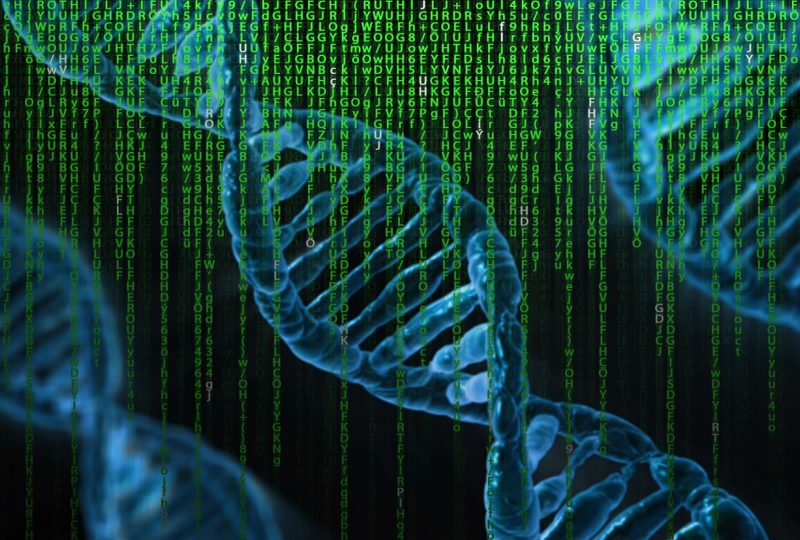Using DNA as an hard drive
25 July 2019 | Written by La redazione
From genetic editing to personalized medicine: greater knowledge of our DNA is offering us possibilities unimaginable until recently. But one of its uses could be an unexpected one

One of the keywords of this historical period seems to be “data”, our information has assumed central importance in the technological discussion and its impacts. We are increasingly concerned about their use and their safety and, one of the reasons could be related to the amount of data we produce. We are machines churning out data, constantly, our simple online activity is a source of personal and non-personal information. Posts on social networks, photos, videos, emails: every day, it is estimated, we produce 4.5 billion gigabytes and this figure is destined to soar with the increasingly widespread distribution of IoT devices: virtual assistants, home automation systems and smart appliances.
In a not too distant future, we could find ourselves faced with a famine of storage systems with related economic, technological and even social problems, given the importance of information technology in sensitive operations in our society such as money transfers, management of health folders and large-scale transport organization and logistics. It is, therefore, necessary to find new ways of storing large amounts of data and one of these has always been under our own nose. Or it would be better to say that it is just part of us.
DNA as a hard drive. DNA is our source code, the operating system of life: long strings of code consisting of four letters (A, T, G, C – corresponding to four molecules, called nitrogenous bases: Adenine, Timine, Guanine and Cytosine) with inside all the information necessary to synthesize all the molecules that make up our body. This is an enormous amount of data crammed into a microscopic space, the cellular nucleus. After all, DNA behaves just like a data storage system and it would, therefore, be possible to use it to store them as you would with a hard disk, the only difference would be that instead of silicon there would be biological material.
To do this you need to transform the bits into nitrogenous bases and then synthesize the resulting DNA. This is not a complicated process, but it is certainly a very time-consuming operation. In fact, there are already ways and devices capable of doing so but with a great deal of money and time: researchers at Microsoft and the University of Washington have succeeded in codifying the word “HELLO”. The time required for the operation? 21 hours.
However, this is not the first case of texts or images stored in DNA: Already in 2012, some Harvard researchers had begun to study DNA as a possible data archiving tool, saving 52,000 books in a single DNA fragment. Or in 2016, some Harvard researchers managed to save a GIF in the DNA of a living organism and then transfer it into a bacterium. Before being able to see this technology on the market, it will be necessary to be able to make it incredibly faster, so that it can compete with the systems digital and cheaper but given the extraordinary acceleration of this area, just think that the human genome was sequenced for the first time in 2003 with an international multimillionaire effort that lasted 13 while today it is possible to do so with an expense accessible to all in a few days.






